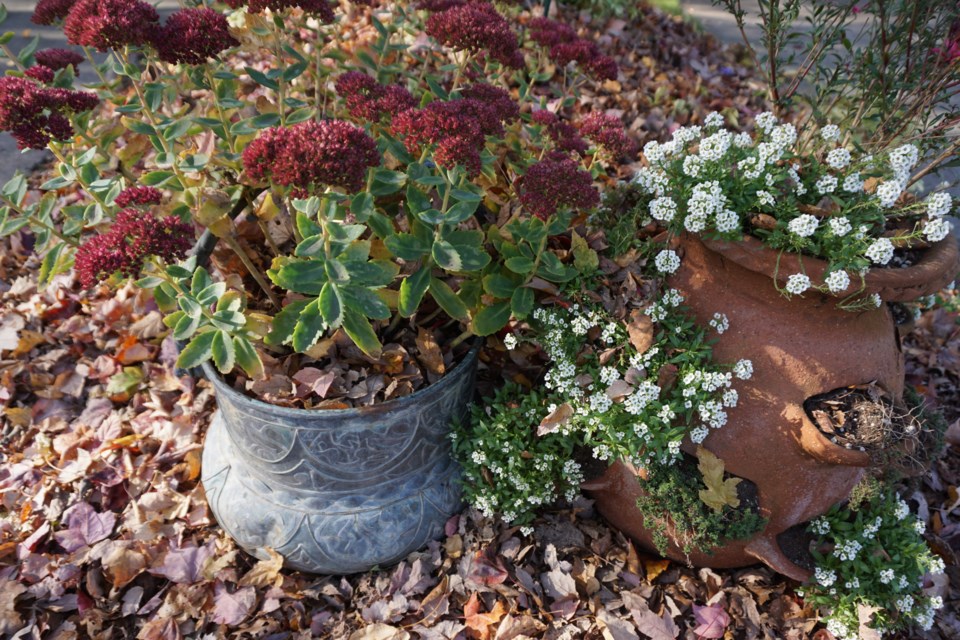Many of us grew up with Dr. Suess and his fanciful stories of all the people of Whoville living on a tiny speck of dust held precariously on the trunk of an elephant.
Take that notion and transfer it to all the leaves that are falling onto your lawns and gardens right now as we drift into fall.
There is a whole community of Whoville living in amongst those leaves. All the wee beings of Whoville are ready to begin the work needed to help Mother Nature through our colder months.
Adding falling leaves to your garden can add beneficial microbes to your soil. The leaves give a great treat to the earthworms when they become active in the spring.
Make sure to weed your gardens before adding the leaves or any other types of mulch. Lay approximately a three-inch layer of leaves right on top of your soil. Continue to add more mulch to at least a three-inch layer through the winter months.
Think of this little community of Whoville providing a blanket that protects and nurtures the soil beneath, just like nature intended.
When you walk through a forest in the fall, you will be hard pressed to find any bare soil. Nature covers the soil with all types of debris - leaves, sticks, moss, bark, fruit and spent flowers. The debris continues to fall to the ground then decompose. This process builds soil and sustains an ecosystem. Applying our community of Whoville to your garden is an attempt to duplicate nature’s soil building process.
As the leaves and other organic mulch continues to break down it not only enriches the soil, earthworms, fungi, bacteria and microorganisms feed on the leaves and convert it into plant food.
Beneficial insects like ladybugs, bees, dragonflies, ground beetles, lacewings, find a safe and warm home in your garden protected by the leaves throughout the colder months.
A healthy layer of fallen leaves in your garden break down and contain a lot of carbon. They make great mulch, compost and even lawn fertilizer.
In our gardens, the decomposing leaves help retain soil moisture and reduces soil evaporation. Soil that is left bare through our winter months, is eroded and hard packed in the spring. This is not a healthy start to a new season of gardening.
The key to using leaves in your landscape is to shred them first, which you can do with a mulching lawnmower. If you don’t shred them, they won’t completely break down in the winter. You will have to rake them up in the spring. It is not good for lawns to be covered with a mat of whole leaves. You can actually cause damage to the lawn.
Autumn leaves are a dream addition to the compost pile. Leaves are a great source of “brown”, high carbon material for the compost. Alternate layers of shredded leaves with the regular green materials you would add to your compost pile, such as vegetable and fruit scraps, weeds, grass clippings. Aerate and turn the pile when you think of it.
It just doesn’t feel right raking up all those leaves (and critters from Whoville) into our green bins and sending off all the incredible benefits that could be used in your garden to keep your soil healthy for years to come.
So next time you are raking up your leaves, be like Horton who hears the “Who from Whoville” and add them to your gardens. Let Whoville help Mother Nature!
Lynda Pasacreta is the current president of the Richmond Garden Club.



